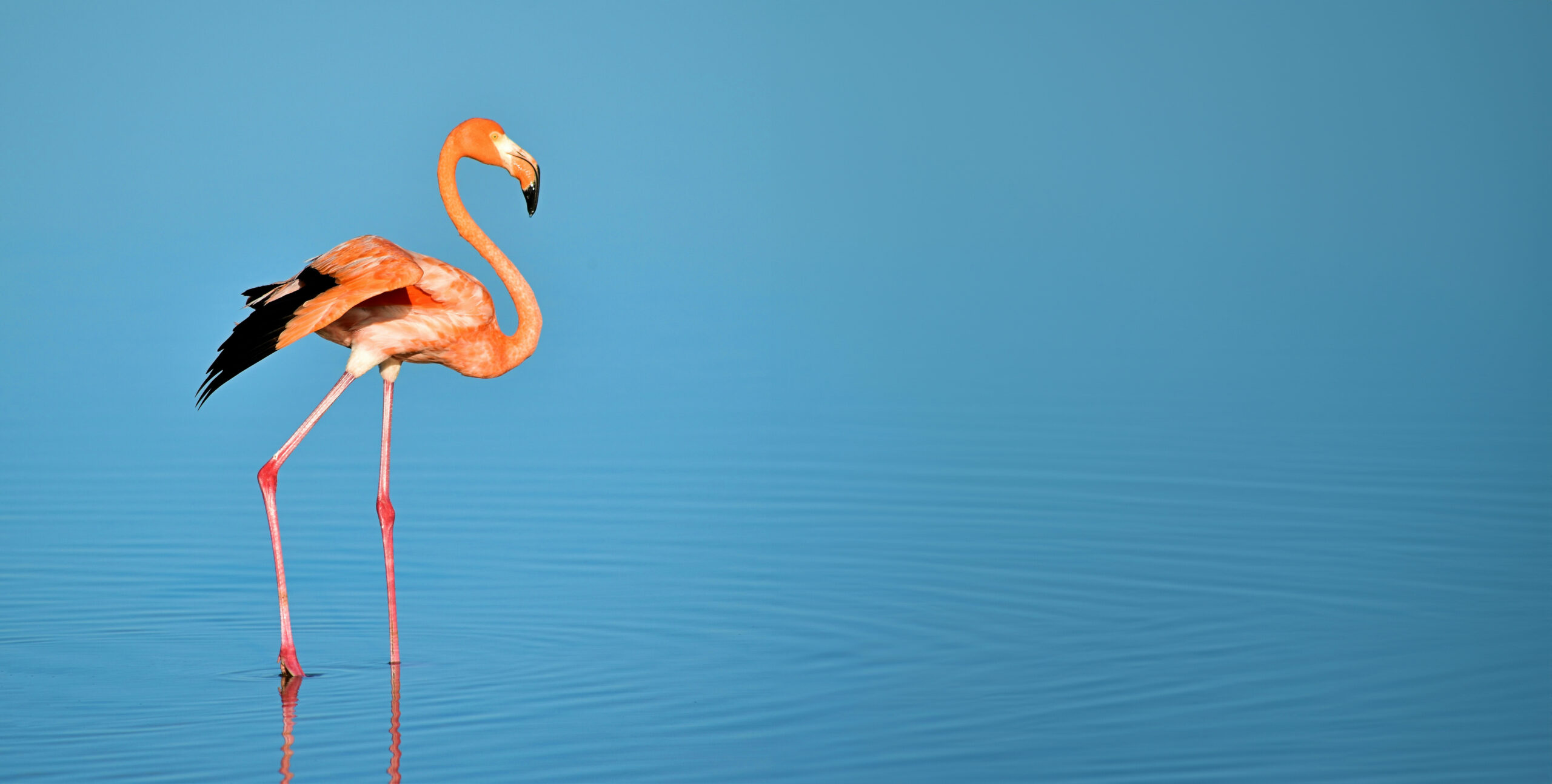Flamingo Airport Focussing on Quality, Authenticity and Sustainability
Business Enquirer’s conversation with Bonaire International Airport (BIA) led to the discovery of the perfect pub quiz question:
Q. Why is Bonaire’s International Airport called Flamingo Airport?
‘A. Because the island boasts more pink-feathered inhabitants than people!
In fact, the island is a critical habitat for various bird species which are often spotted in the wild, and is known for its unique ecosystems, including mangroves and salt flats. What appears to be a convivial fact about flamingos is actually a fundamental to the airport's plans for the future – ensuring that Bonaire’s culture, authenticity, and originality is retained, over the possibility of unlocking mass tourism. The island of Bonaire is often considered the ‘hidden treasure’ of the ABC islands – Aruba, Bonaire, and Curaçao. A population of just over 24,000 (January 2023), the island is a special municipality of the Netherlands, forming part of the Dutch Caribbean (Aruba, Bonaire, Curaçao, Sint Maarten, Sint Eustatius, and Saba).
Like many islands in the Caribbean, tourism is the largest beneficiary to the island’s economy, with Bonaire particularly captivating the international diving community. The island and its islet, Klein Bonaire, offers 89 named dive sites, with divers being able to take in more than 350 fish species and 57 species of soft and stony coral. That’s why it’s often called the shore diving capital of the world. Established in 1979, the Bonaire National Marine Park encompasses the entire coastline and surrounding waters, aiming to protect the island’s marine biodiversity and promote sustainable use of its resources.
Besides having plentiful and diverse nature, Bonaire has a rich history, with its culture developing from Africa, Netherlands, Spain, Portugal and England, giving it a unique cuisine and language (Papiamentu). Or, as they say on Bonaire: “It’s in our Nature!” Meanwhile, you won’t find any tall buildings on the island which is known for its low-rise architecture. A law preventing the construction of high-rise buildings helps Bonaire to maintain its continued efforts to retain the island’s natural beauty and charm.
Supporting the island’s push on eco-tourism, many hotels and resorts on Bonaire are committed to sustainability, utilising solar energy, water conservation, and waste reduction.
With tourism being key to the island, which is found 80 km off of the coast of Venezuela, BIA recognises the importance it holds within the community. “The airport is the gateway of Bonaire, connecting our island with the world, and the
pillar of the island’s sustainable tourism,” explained CEO Maarten van der Scheer. He was joined in speaking to Business Enquirer by COO and Bonairian, Giordano Molina. The islands relationship with the Netherlands helped to bolster the airport’s stability throughout the COVID pandemic, with flights between the Netherlands and Bonaire able to re-open quickly. Now, the airport has seen a 20% increase in traffic since pre-pandemic levels.
And, whilst BIA recognises the importance of growth to a sustainable business, it is not something it actively pursues. “We don’t strive for growth, but aim to facilitate the development of the island’s and its community,” shared Maarten, “with our partners we look to encourage quality tourism over quantity”.
This content is restricted to site members. If you are an existing user, please log in. New users may register below.

